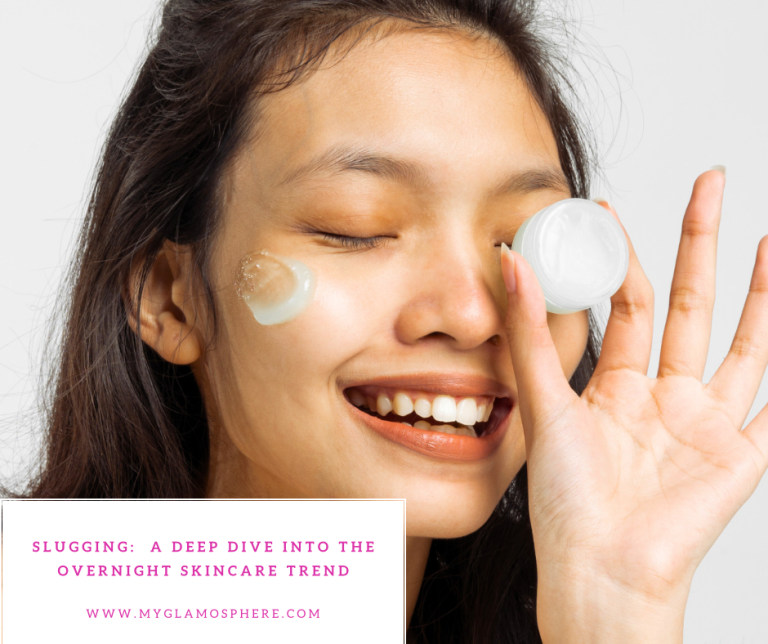Maintaining a healthy and radiant complexion involves more than just picking the right skincare products. It also means understanding how these products interact with each other. Some skincare ingredients, when combined, can lead to irritation, reduced efficacy, or other unwanted effects. In this blog post, we’ll explore the top skincare ingredients you shouldn’t mix and provide insights into crafting a harmonious skincare routine.
- Retinoids and Alpha Hydroxy Acids (AHAs): Both retinoids and AHAs offer excellent benefits for the skin. However, combining them can be a recipe for irritation. Retinoids, such as retinol, help with cell turnover and collagen production, while AHAs (like glycolic acid and lactic acid) exfoliate the skin’s surface. Mixing these two potent ingredients might lead to redness, dryness, and sensitivity. To make the most of both, consider using them on alternate nights.
- Benzoyl Peroxide and Vitamin C: Benzoyl peroxide is a go-to ingredient for treating acne, while vitamin C is celebrated for its antioxidant properties. Unfortunately, combining these two can result in a chemical reaction that diminishes the effectiveness of both. It’s wise to apply them at different times of day – benzoyl peroxide during your morning routine and vitamin C in the evening.
- Vitamin C and Niacinamide: These two are superstar ingredients that target various skin concerns, from brightening to minimizing pores. However, they can clash when used together, potentially causing flushing or redness. If you’re eager to incorporate both into your routine, alternate between them or use them in separate routines (morning and night).
- Salicylic Acid and Glycolic Acid: Salicylic acid and glycolic acid are both exfoliants that work wonders for unclogging pores and refining skin texture. However, when used simultaneously, they might lead to over-exfoliation and irritation. If you want to enjoy the benefits of both, try alternating them in your routine.
- Retinoids and Benzoyl Peroxide: Retinoids and benzoyl peroxide are powerhouse ingredients for acne treatment, but they don’t play well together due to their potential to cancel each other out when applied simultaneously. To avoid counteracting their effects, use them in separate routines.
To avoid confusion and potential skin issues, here’s a simple approach to crafting an effective skincare routine:
- Research: Study the ingredients in your products and their recommended usage guidelines.
- Patch Test: Before applying new products, do a patch test to check for any adverse reactions.
- Layer Wisely: Start with a cleanser, then apply products from thinnest to thickest consistency.
- Alternate Actives: If you want to use multiple active ingredients, consider alternating them in your routine to avoid interactions.
- Consult a Professional: If in doubt, consult a dermatologist or skincare professional to create a personalized routine.
In the journey to radiant skin, knowledge is power. Understanding which skincare ingredients you shouldn’t mix can spare you from unnecessary irritation and disappointment. You’re also better equipped to create a routine that nurtures and enhances your skin’s natural beauty.
Hugs and Kisses,
Missglam.






Leave a Comment